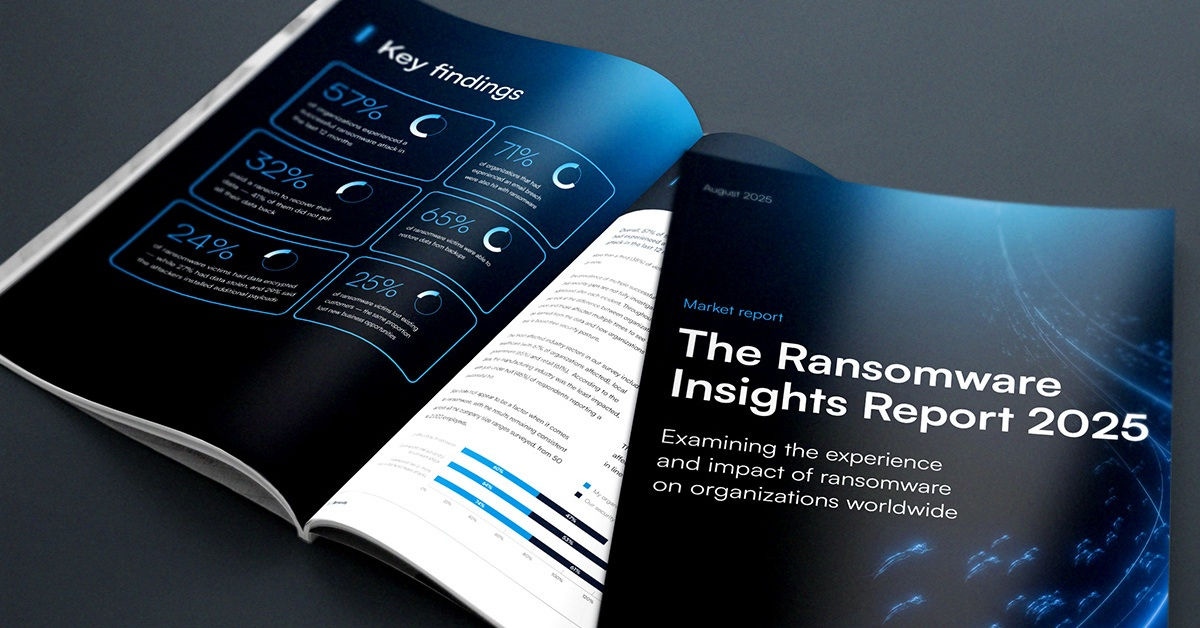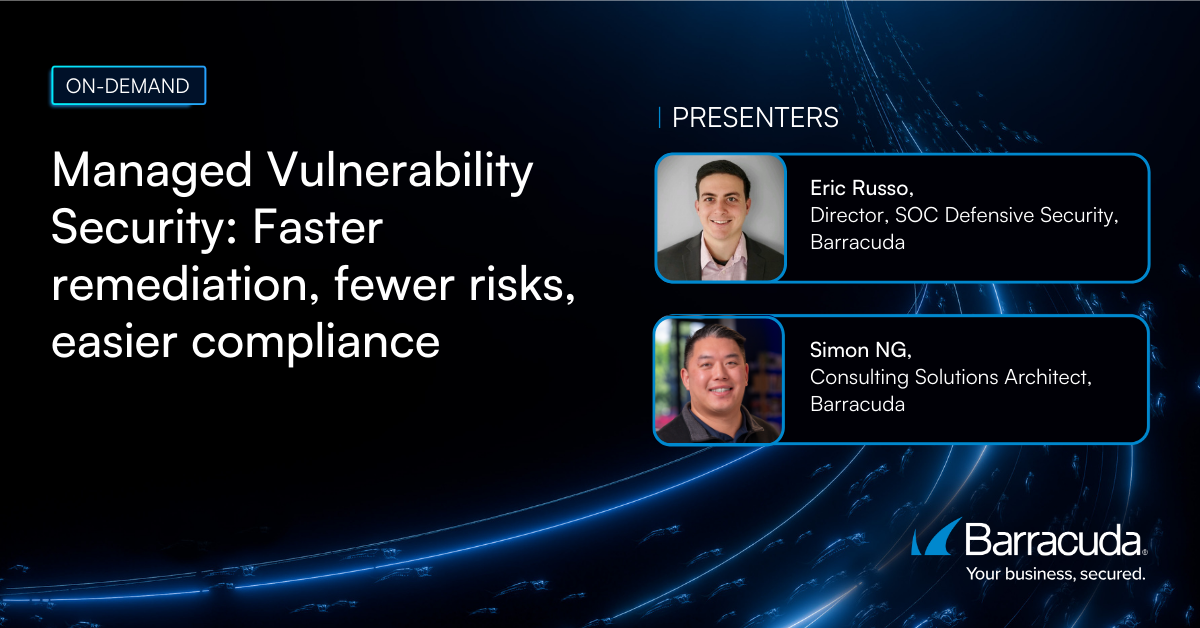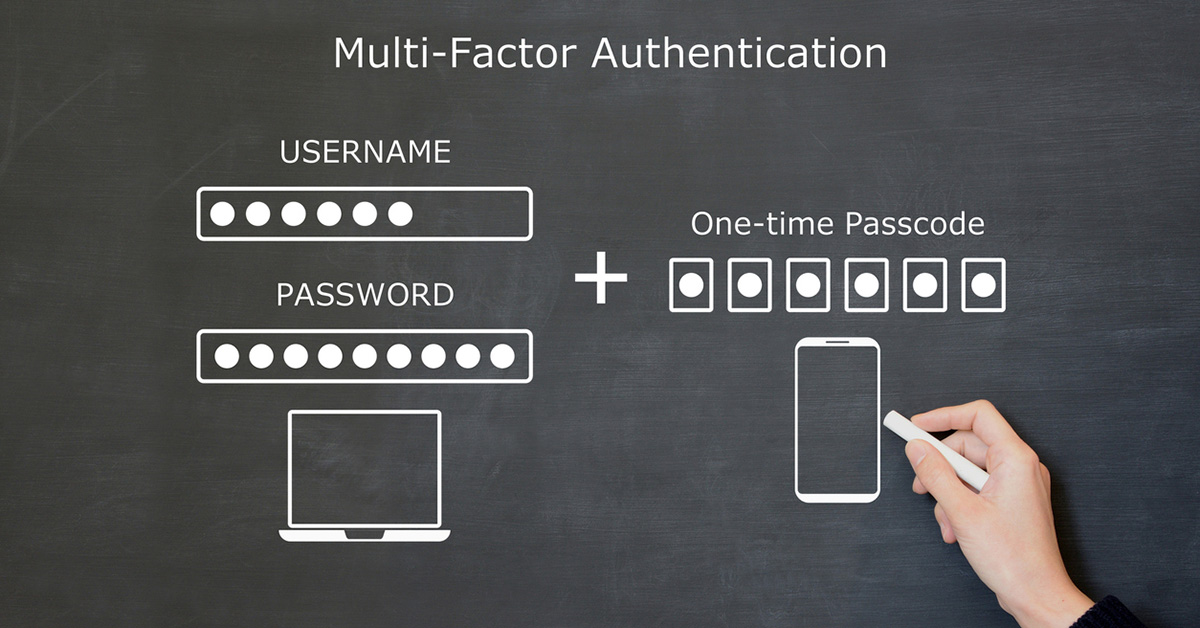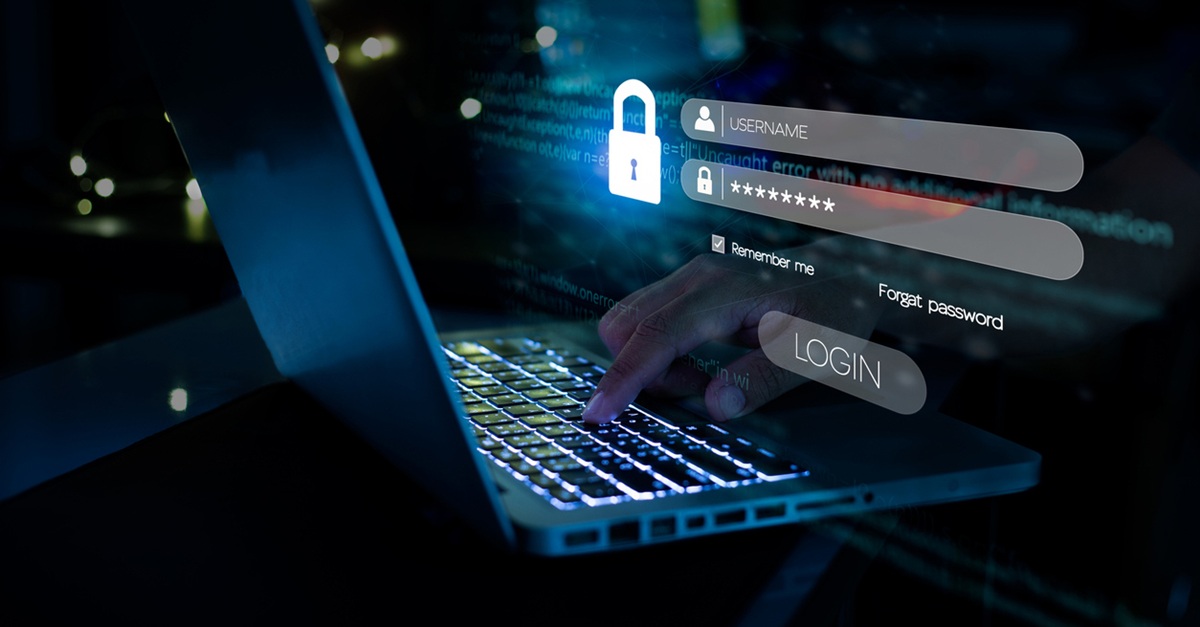
Security culture and its importance in protecting organizations
Cyberattacks are escalating rapidly. With the emergence of artificial intelligence (AI) technologies, cybercriminals can now craft sophisticated social engineering attacks, making such threats more prevalent and easier to execute. However, AI adoption is not the only driver of increased cyber risks. Rapid digitization, which appears in the widespread use of Internet of Things (IoT) devices, and the shift to cloud environments have vastly expanded attack surfaces, providing more entry points for hackers to exploit.
The IBM Cost of a Data Breach Report 2024 revealed a 10% increase in the global average data breach cost, reaching $4.88 million per incident, and Cybersecurity Ventures predicts the global cost of cybercrime will hit $10.5 trillion annually by 2025. These alarming statistics underline the need for a robust security culture to enable organizations to survive in today's complex digital threat landscape and manage the growing risks posed by modern technologies — risks that traditional security solutions alone cannot fully mitigate.
This article will examine the importance of having a security culture in business and highlight the numerous benefits of enforcing such a culture. But before explaining why companies need such a culture, let’s define "security culture."
What is security culture?
Security culture is a set of shared values, beliefs, and behaviors that drive security-conscious decision-making across an organization's operations. It encourages a "security-first" approach where employees and managers proactively embed security considerations into every action and interaction. This proactive approach ensures that organizations are not only reacting to threats after they happen but are well-prepared to mitigate risks before they reach company doors.
Security culture is not the responsibility of the IT department alone. For instance, all employees within an organization and across all departments must know the importance of security and integrate security best practices into all daily operations to protect the organization's digital assets and data.
For example, in a company with a strong security culture, employees receiving unusual requests for sensitive information via email or phone would verify these requests through trusted communication channels, such as direct communications or secure messaging platforms like Slack. This diligence can effectively stop phishing attempts.
Microsoft approach to implementing security culture
A good example of appreciating the importance of having a security culture to fight cyberattacks is Microsoft, which launched the Secure Future Initiative (SFI) in late 2023. This initiative comes after the increasing frequency, speed, and sophistication of cyberattacks, which necessitates implementing robust security practices across all Microsoft departments and products. Microsoft president Brad Smith wrote a blog post describing the importance of this initiative and summarized it in one sentence: "This new initiative will bring together every part of Microsoft to advance cybersecurity protection."
Microsoft SFI is built on the following three pillars:
- Secure by design – Security is the priority when designing any product or providing any services
- Secure by default – There is automatic implementation of security protections. Essential security features are enforced by default and cannot be disabled easily by the user. This approach also ensures security settings are per-configured to high standards
- Secure operations – Security protocols and monitoring should be updated regularly to meet current and future emerging threats
Why is security culture important for organizations?
A robust security culture offers several critical benefits for organizations:
Early threat detection
A strong security culture allows organizations to identify potential threats early before they get exploited by threat actors. For example, employees trained using phishing email simulators will be more vigilant about phishing emails and malicious attachments, which might prevent such attacks from being successful.
Minimizing damage post-attack
Even after a successful attack, a security-savvy employee can limit the spread of infection to the entire IT environment. For instance, employees trained to disconnect compromised endpoint devices from the network can prevent further intrusion. A real-world example: When ransomware hits one department, quick isolation of the department network segment prevents ransomware from infecting all other devices across all departments.
Promoting responsibility
Encouraging employees to take responsibility for security — aside from relying on automated solutions — fosters vigilance across the organization. For instance, linking incentives, such as promotions and bonuses to secure practices, such as avoiding phishing or maintaining device security (e.g., by not installing unauthorized applications or visiting unauthorized websites), motivates employees to uphold security standards.
Safeguarding sensitive data
A strong security culture protects sensitive data from unauthorized access. A breach today can result in catastrophic financial, reputational, and operational consequences. Security culture can help minimize data breaches, primarily in organizations operating in highly regulated environments. For example, a security-savvy employee in a healthcare organization will get used to encrypting patient records and verifying recipient identities before sharing medical information. Such practices will greatly prevent breaching sensitive patient information.
Reinforcing secure practices
Security culture promotes habits such as scrutinizing email attachments, avoiding clicking on suspicious links, and using strong, unique passwords. For example, when employees get used to checking sender addresses and digital signatures before opening attachments from external sources, this dramatically reduces the possibility of infection with malware, such as a keylogger or ransomware. Many studies show that human error is the primary cause of cyberattacks, and security culture can reduce this threat to a minimum. According to Thales Data Threat Report, which surveyed 3,000 IT and security professionals in 18 countries, 55% of respondents identified human error as the primary cause of data breaches.
Building stakeholder confidence
Having robust security practices will enhance trust among stakeholders such as customers, business partners, and regulators. For example, it is common for financial institutions to showcase their security protocols during client onboarding (e.g., requiring clients to use multifactor authentication (MFA) and SSL to access bank e-portals). These security practices lead to increasing confidence among customers.
Ensuring regulatory compliance
Compliance with data protection regulations like GDPR, PCI DSS, and HIPAA requires stringent security controls. For example, retail companies maintain continuous PCI DSS compliance through regular staff training, automatic security checks, and auditing. A strong security culture simplifies adherence to such mandates by integrating compliance into daily operations.
Tips for creating a strong security culture for businesses?
Culture and cybersecurity are closely connected. It is not just about rules and tools but also about how individuals feel about security and their approach to achieving it. Culture is about habits, attitudes, and desires. To instill a security culture, individuals need to be well-informed and prepared with cybersecurity awareness training, accountability, and responsibility for their actions during work.
While each organization may approach creating a security culture differently, there are general elements that all organizations should incorporate.
Gain leadership support
The first step in developing an organization's security culture is to secure top management's support. When top managers commit to fostering a security culture, employees across the organization are more likely to adhere to it.
Leadership support is vital not only for fostering a deep-rooted security mindset among employees but also for securing the necessary funds to execute comprehensive cybersecurity training programs. Such programs are essential to providing employees with the knowledge and skills needed to adhere to and follow the highest security protection standards. By emphasizing the importance of security from the top down, organizations can create a unified approach that enhances overall safety and resilience against cyberthreats.
Develop security policies and communicate them clearly to all employees
To develop effective security policies, it is important to communicate them clearly to all employees. The first step is to identify our organization's critical digital assets (e.g., data, applications and other IT systems) and assess the potential threats against them. This understanding will help determine the best protection measures for each element.
Key policy components:
- Data classification: Group information according to their sensitivity as public, internal, confidential, or restricted
- Access control: Define procedures for granting and revoking access rights for users and systems
- Incident response: Establish protocols for security incident handling — What should you do if there’s a data breach
- Remote work security: Specify requirements for remote access and device security
- Third-party management: Detail security requirements for external partners such as external vendors and other contractors
For example, regarding customer personally identifiable information (PII), ensure that it is stored in an encrypted format, and any access to this information by employees must be recorded in an audit log.
Encourage security habits among employees
Organizations need to incorporate security into routine daily activities to foster effective security habits that continue over time. For instance, a bank could launch a "clean desk" competition, encouraging various departments to compete monthly to showcase security best practices. This included tasks like clearing away sensitive documents, locking computer screens when not attended, and ensuring that all installed applications and operating systems on their computing devices remain up to date.
Similarly, a healthcare provider took a gamified approach to security by awarding points for identifying test phishing emails using phishing simulators and giving quarterly prizes for the top performers. These hands-on exercises turned security from being a chore into an ordinary part of workplace culture.
Cybersecurity awareness training
Training is critical to informing your employees of the latest attack methods and social engineering tricks. The emergence of AI also necessitates educating employees about how attackers utilize AI-powered tools to execute attacks against them. For instance, training to detect deepfake scams has become essential as these attacks have escalated lately.
As cyberattacks continue escalating, the need for a holistic approach for managing security aspects within organizations becomes very important. In this article, we discussed the importance of having a security culture within organizations to protect them from cyberthreats, mentioned the benefits of security culture, and finally gave some tips for creating a successful security culture for any business.

The Ransomware Insights Report 2025
Risultati chiave sull'esperienza e l'impatto del ransomware sulle organizzazioni a livello mondiale
Iscriviti al blog di Barracuda.
Iscriviti per ricevere i Threat Spotlight, commenti del settore e altro ancora.

Sicurezza della vulnerabilità gestita: correzione più rapida, meno rischi, conformità più semplice
Scopri quanto può essere facile individuare le vulnerabilità che i criminali informatici vogliono sfruttare





